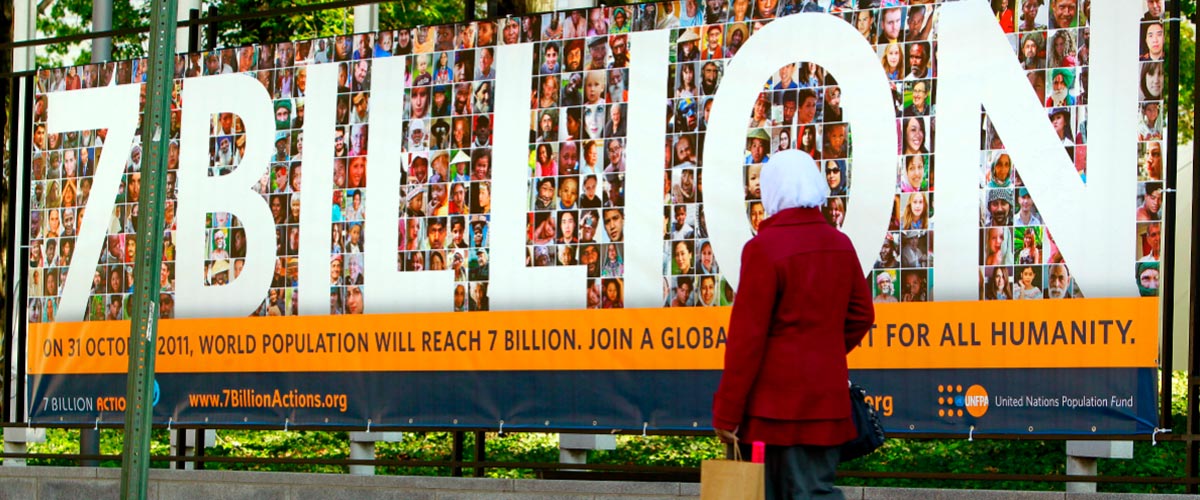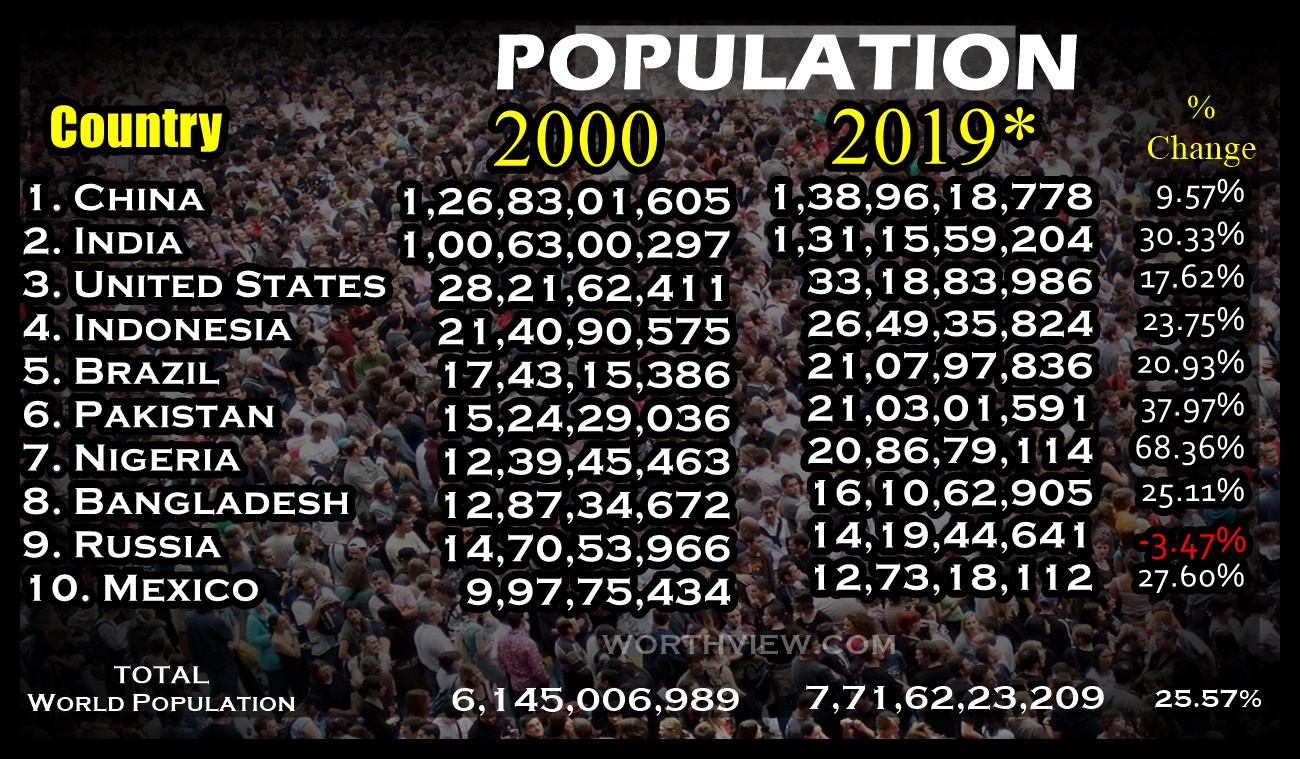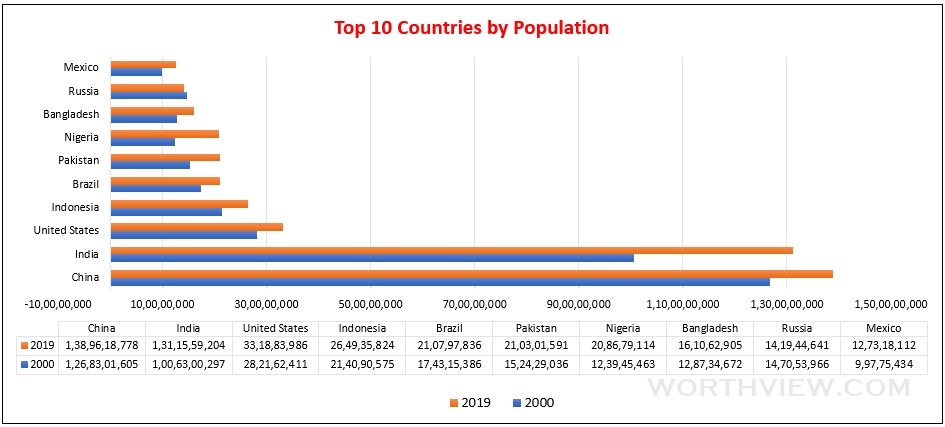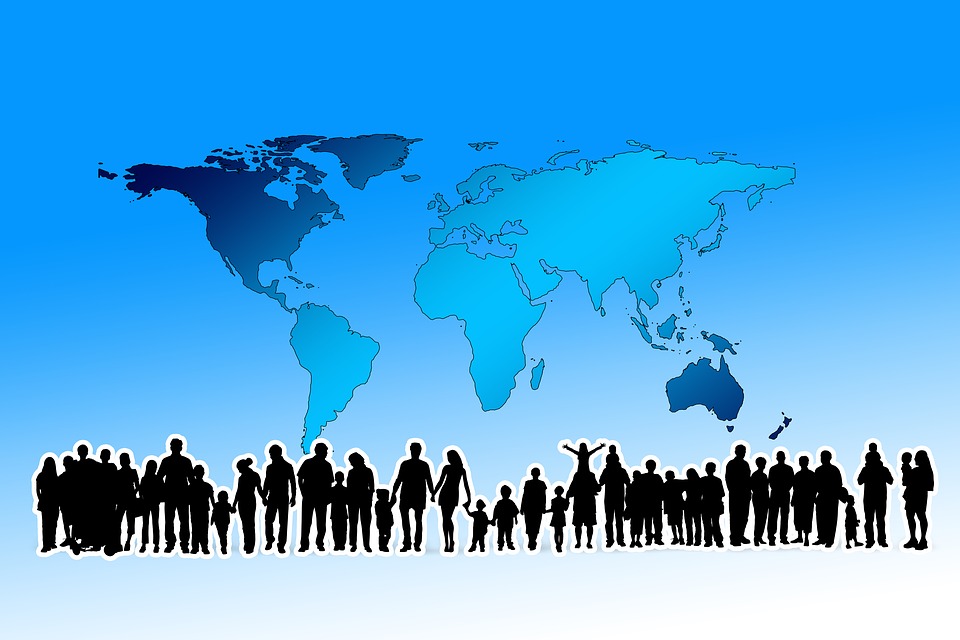Every year on July 11, World Population day will be celebrated all over the world. It is a very important annual event which is celebrated to increase the awareness of the people towards the worldwide population issues.
History of the World Population day:
It was first started in the year 1989 by the Governing Council of the United Nations Development Programme (UNDP). It was inspired by the public interest in Five Billion Day on July 11, 1987, the approximate date on which the world’s population reached five billion people.The day was suggested by Dr KC Zachariah in which population reaches Five Billion when he worked as Sr Demographer at World Bank.
Current Population Trends
Do you know, the population of the world is currently about 7.7 billion people and growing at a rate of around 1.07% per year. Current estimates indicate that roughly 83 million people are being added to the world’s population every year. Even assuming that fertility levels will continue to decline, the global population is expected to reach 8.6 billion in 2030, 9.8 billion in 2050 and 11.2 billion in 2100, according to the medium-variant projection. (Quoted UN)

The world’s population reached 7 billion on 31 October, 2011. (Photo credits)
Today, total world population is growing rapidly. We are 26% more than what we were in the year 2000. Let’s see which country contributed the most % to the world’s population.
Here are the top 10 countries with the largest population in the world :
| # | Country | Population in 2000 | Population in 2019 | Growth % |
| 1 | China | 1,26,83,01,605 | 1,38,96,18,778 | 9.57% |
| 2 | India | 1,00,63,00,297 | 1,31,15,59,204 | 30.33% |
| 3 | United States | 28,21,62,411 | 33,18,83,986 | 17.62% |
| 4 | Indonesia | 21,40,90,575 | 26,49,35,824 | 23.75% |
| 5 | Brazil | 17,43,15,386 | 21,07,97,836 | 20.93% |
| 6 | Pakistan | 15,24,29,036 | 21,03,01,591 | 37.97% |
| 7 | Nigeria | 12,39,45,463 | 20,86,79,114 | 68.36% |
| 8 | Bangladesh | 12,87,34,672 | 16,10,62,905 | 25.11% |
| 9 | Russia | 14,70,53,966 | 14,19,44,641 | -3.47% |
| 10 | Mexico | 9,97,75,434 | 12,73,18,112 | 27.60% |

Nigeria’s population is growing rapidly, shown 68% increase in population from 2000 while Pakistan stands in second position with 38% growth in population.

Why did Russia’s population decline
Interestingly Russia’s population growth has been dropped by 3.47% and to the latest predictions states that its population will decline further to 111 Million in 2050.
The primary causes of Russia’s population decrease and loss of about 700,000 to 800,000 citizens each year are a high death rate, low birth rate, high rate of abortions, and a low level of immigration.
Worldwide population growth estimates according to Pew Research Center:
- The global fertility rate is expected to be 1.9 births per woman by 2100, down from 2.5 today. The rate is projected to fall below the replacement fertility rate (2.1 births per woman) by 2070. The replacement fertility rate is the number of births per woman needed to maintain a population’s size.
- The world’s median age is expected to increase to 42 in 2100, up from the current 31 – and from 24 in 1950. Between 2020 and 2100, the number of people ages 80 and older is expected to increase from 146 million to 881 million. Contributing factors to the rise in the median age are the increase in life expectancy and falling fertility rates.
- Africa is the only world region projected to have strong population growth for the rest of this century. Between 2020 and 2100, Africa’s population is expected to increase from 1.3 billion to 4.3 billion. Projections show these gains will come mostly in sub-Saharan Africa, which is expected to more than triple in population by 2100.
- Europe and Latin America are both expected to have declining populations by 2100. Europe’s population is projected to peak at 748 million in 2021. The Latin America and Caribbean region is expected to surpass Europe in population by 2037, before peaking at 768 million in 2058.
- The population of Asia is expected to increase from 4.6 billion in 2020 to 5.3 billion in 2055, then start to decline. China’s population is expected to peak in 2031, while the populations of Japan and South Korea are projected to decline after 2020. India’s population is expected to grow until 2059, when it will reach 1.7 billion. Meanwhile, Indonesia – the most populous country in Southeastern Asia – is projected to reach its peak population in 2067.
- In the Northern America region, migration from the rest of the world is expected to be the primary driver of continued population growth. The immigrant population in the United States is expected to see a net increase of 85 million over the next 80 years (2020 to 2100) according to the UN projections, roughly equal to the total of the next nine highest countries combined. In Canada, migration is likely to be a key driver of growth, as Canadian deaths are expected to outnumber births.
- India is projected to surpass China as the world’s most populous country by 2027. Meanwhile, Nigeria will surpass the U.S. as the third-largest country in the world in 2047, according to the projections.
Related Posts
Hi there! I’m Sethu, your go-to guy for all things tech, travel, internet, movies, and business tips. I love sharing insights and stories that make life more interesting. Let’s explore the world together, one article at a time!











